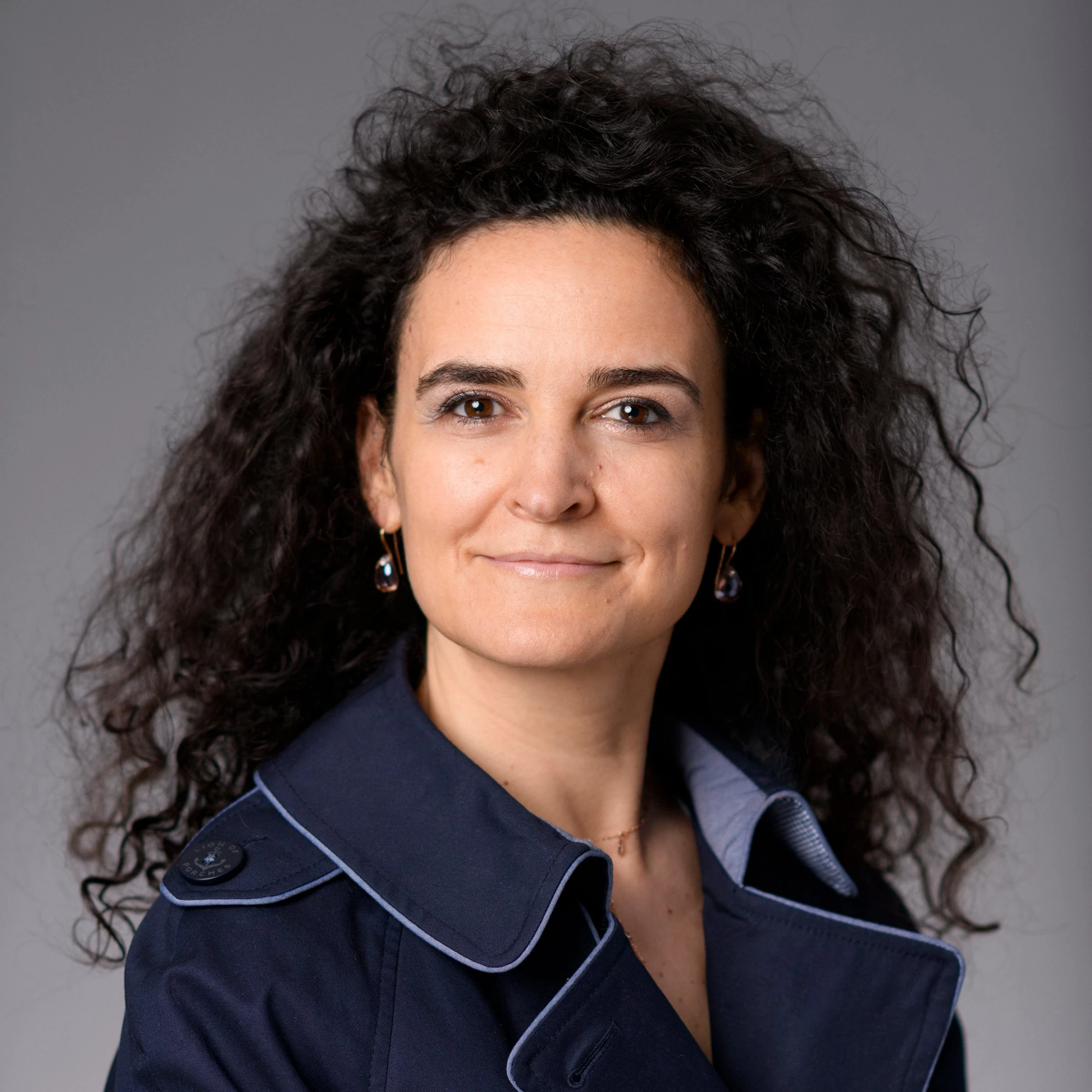Also available in: العربية | Spanish

Concentrated Solar Power is the greatest energy technology you have probably never heard of. While it may not be as widely known as other renewable energy sources, there’s no doubting its potential - the International Energy Agency estimates that up to 11 percent of the world’s electricity generation in 2050 could come from CSP.
And this week in Morocco, the King, His Majesty Mohammed VI, is officially opening the first phase of what will eventually be the largest CSP plant in the world – the same size as Morocco’s capital city Rabat. I congratulate Morocco for taking a leadership role that has placed it on the frontlines of a revolution that is bringing low-carbon development to emerging and developing economies worldwide.
In collaboration with the World Bank and the African Development Bank, the CIF has already provided US$435 million into this three-phase Noor CSP complex in Morocco.
Once Noor I, Noor II and Noor III are up and running, the facility is projected to supply 1.1 million Moroccans with more than 500 megawatts of power by 2018, while reducing carbon emissions by 760,000 tons per year. The plant could eventually start exporting energy to the European market. It will increase Morocco’s energy independence, create 200 jobs during the power plan operation and 1,600 jobs during power plant construction, and increase the installed capacity of solar power stations from 22 MW in 2013 to 372 MW in 2018.
And those who’ll gain the most will be the Moroccan population, Moroccan businesses, and industries such as transport, agriculture, and many others. Not only will they benefit from a better electricity supply, they’ll also benefit from cleaner electricity. So what makes CSP different from regular solar power? Well, CSP uses mirrors 12-meters high to drive steam turbines or engines with energy from the sun to create electricity. So it can provide reliable, large-scale power even when the sun is not shining.
However, despite its promise CSP’s current global capacity falls well short of its potential. High technology costs and a limited number of CSP demonstration projects deter investors, especially in higher-risk emerging markets. So more successful projects like in Morocco can show CSP is a viable investment.
In South Africa, in collaboration with IFC, CIF is providing about US$330 million to the country’s first public and private CSP plants, including the KaXu project, the first utility-scale CSP plant to operate in Sub-Saharan Africa. The construction phase has brought over 1,000 jobs to the Northern Cape, an impoverished province in South Africa with a high rate of youth unemployment. The plant is slated to power 80,000 South African households while mitigating around a quarter of a million tons of CO2 emissions per year, which is equivalent to the emissions of close to 53,000 cars a year.
These are just two examples of how concessional funding from the CIF can leverage other sources including from other multilateral development banks such as the World Bank and the IFC and bring down costs of investments in CSP. According to the International Renewable Energy Agency (IRENA), CSP is among the technologies with greatest potential for cost reductions.
The costs of solar tower CSP plants could come down significantly as early as 2020 if deployment accelerates, given the current low level of deployment but high potential of the technology.
Finding ways to sustainably meet the world’s energy demands is a global imperative and Morocco is showing how renewable energy can play a key role in helping emerging economies produce electricity, reduce greenhouse gas emissions and spur local private investments. And for CSP, the future may be as bright as the gleaming mirrors in the Moroccan desert.


Join the Conversation